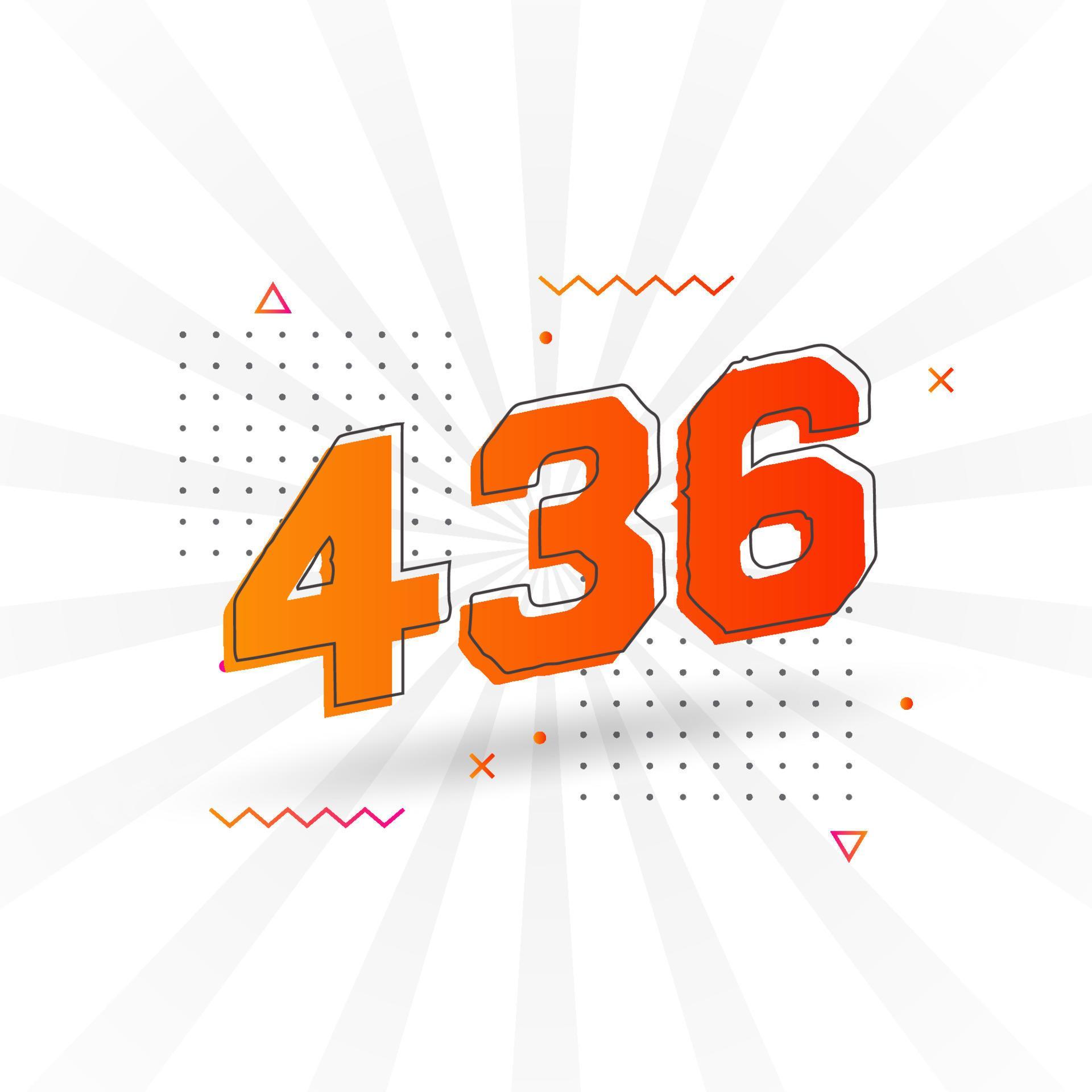[DASS & Mental Health] A Comprehensive Guide: Understanding & Application
Can understanding the nuances of our emotions truly revolutionize how we approach mental well-being? The dimensional approach to emotional syndromes allows for a more nuanced and sophisticated understanding of psychological distress, leading to better assessment and ultimately, more effective intervention.
The intricacies of the human psyche, often masked by broad diagnostic categories, begin to reveal themselves when viewed through a dimensional lens. This perspective moves beyond simple "yes" or "no" diagnoses and instead acknowledges the spectrum of emotional experience. It recognizes that individuals can exist along a continuum of distress, from mild unease to severe impairment. Those who barely miss the threshold for a clinical diagnosis are not simply "normal"; they are experiencing significant symptoms and face an elevated risk of worsening conditions. This subtle yet crucial shift in perspective allows clinicians to provide targeted support before a crisis erupts. The very act of understanding and acting upon the results of assessments, such as the DASS (Depression, Anxiety, and Stress Scale), can be a pivotal step towards improving mental health.
Before we proceed, it's important to remember that tools like the DASS are not diagnostic instruments in themselves. They serve as valuable indicators, highlighting areas that warrant further investigation and attention. Their concise format allows for rapid administration, ensuring diagnostic accuracy isn't sacrificed in the name of efficiency. The DASS-21, in particular, aids clinicians in gauging the severity of emotional distress, guiding treatment strategies, and charting patient progress. It does so by examining its individual components, understanding their interactions, and then analyzing the resulting outcomes for users.
For this example, lets dive deeper into the world of aviation, it's crucial to understand the role that DASS 328 plays in modern air travel and logistics.
| Aspect | Details |
|---|---|
| Purpose | DASS 328, for illustrative purposes, is a hypothetical system within aviation. Real-world examples could include complex flight management systems or data analysis platforms used to track aircraft performance. |
| Functionality | DASS 328 might handle flight path optimization, fuel efficiency calculations, and real-time weather data integration, or manage intricate logistics tasks such as cargo loading and route planning. |
| Impact on Modern Aviation | Systems like DASS 328 contribute to safety, efficiency, and reduced environmental impact. They help pilots and ground crews make informed decisions, optimizing operations and minimizing delays. |
| Key Features | Examples might include automated flight planning, real-time weather updates, predictive maintenance alerts, and sophisticated data analytics for performance tracking. |
| Integration | These systems typically integrate with existing aircraft hardware, air traffic control systems, and other data feeds to provide a holistic view of flight operations. |
| Benefits | Increased safety through better situational awareness, improved fuel efficiency, reduced operating costs, and enhanced passenger experience due to on-time arrivals and reduced disruptions. |
| Challenges | Ensuring data accuracy and security, training personnel to effectively use and interpret the system, managing the complexity of integrating various systems, and addressing potential cybersecurity threats. |
In clinical practice, the DASS-21 serves as a valuable tool for tracking a patient's progress. The ability to monitor changes in symptom severity over time allows for the adjustment of treatment plans and provides valuable feedback on the effectiveness of interventions. Detailed guides often explain its various components, providing practical examples and explaining how they contribute to patient outcomes.
Let's now consider the hypothetical DASS 428, which has become a cornerstone in many technological fields. A deep dive into its history and current applications underscores its importance, so, we will explore its history, functionality, and the impact it has on modern industries, like our example above.
| Aspect | Details |
|---|---|
| Origins | Hypothetical DASS 428 could have originated as a specialized data processing technique, evolving from a basic algorithm to a complex system over time. |
| Functionality | It may handle complex data analysis, process high volumes of information, provide real-time insights, and automate various decision-making processes. |
| Impact on Modern Industries | Systems like DASS 428 have revolutionized industries such as finance, healthcare, and manufacturing. |
| Technological Fields | It has become a cornerstone in many technological fields. |
| Key Features | High processing speed, data accuracy, real-time analysis, and user-friendly interfaces. |
| Current Applications | For example, in healthcare, DASS 428 could be used for patient data analysis, and improve patient outcomes, risk assessment, and drug development. |
| Future Developments | Further evolution may include artificial intelligence (AI) and machine learning (ML) capabilities. |
The "ultimate guide" to DASS 449 and its detailed insights are essential. Comprehensive information, ensuring that readers gain a thorough understanding of this system. Remember, the tools mentioned can be used in many industries, so we use it for example purposes only.
Consider this, it is important to understand the roles and responsibilities as a whole. Defining roles and responsibilities is like creating a roadmap for your organization, training staff plays a pivotal role in the effective implementation of policies.
| Key Element | Description |
|---|---|
| Understanding the Importance of Roles and Responsibilities | Clearly defined roles and responsibilities are the foundation of a well-functioning organization. They ensure that all tasks are assigned, completed, and that there's accountability. |
| Defining Roles and Responsibilities: The Roadmap | This involves identifying the key roles and positions, outlining duties, qualifications, and reporting structures. |
| Key Roles and Positions | Based on analysis, each role should serve a distinct and valuable purpose. |
| Comprehensive Job Descriptions | Detailed job descriptions that outline duties, responsibilities, qualifications, and reporting structures. |
| Training Staff | Providing comprehensive training sessions enables employees to grasp the intricacies of the policy and understand their roles within it. |
| Implementation Strategies | Involves a phased approach, clear communication, and the involvement of key stakeholders. |
| Maintenance Tips | Regular reviews, updates to job descriptions, and addressing performance gaps. |
Questionnaires are used to explore opinions, which play an important role in describing human behaviours and abilities. This method is used to evaluate the information gathered.
In the realm of emotional well-being, the DASS (Depression, Anxiety, and Stress Scale) stands out. The DASS is not intended to diagnose, it helps in determining the severity of emotional symptoms and may suggest areas warranting further examination.
Consider the impact of the DASS-21. Its concise format ensures quick administration without compromising diagnostic accuracy, aiding clinicians in determining symptom severity and guiding treatment options. This also offers a crucial benefit: tracking patient progress. By regularly assessing scores, clinicians can monitor changes over time, adjusting treatment plans as needed and providing valuable insights into the effectiveness of interventions.
| Feature | Benefit |
|---|---|
| Dimensional Approach | Offers a more sophisticated understanding of emotional distress. |
| Early Identification | Helps identify individuals at risk. |
| Concise Format | Enables quick administration without compromising accuracy. |
| Clinical Guidance | Guides treatment options. |
| Patient Progress Tracking | Allows monitoring of changes in symptom severity. |
| Component Analysis | Provides insights into the interaction of emotional components. |
| Positive Outcomes | Contributes to better treatment. |
The dimensional nature of emotional syndromes leads to a more sophisticated assessment of disturbance. The goal is to provide the best treatment and improve patient life. By examining its individual components, how they interact, and the resulting positive outcomes for users. For example, a comprehensive guide might detail specific features, offer practical examples of their application, and explain how these features contribute to overall well-being and improved quality of life.

